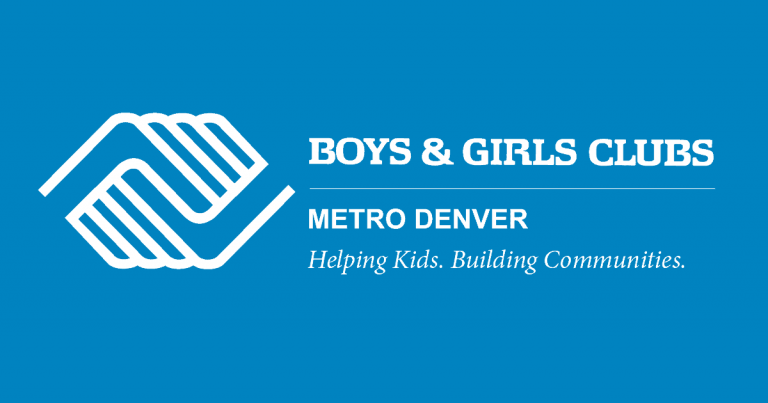- Defining a 404 Permit
- Definition
- When to pull one
- Water in the USA
- How to Pull One
- Types
- Site Requirements
What is a 404 Permit & How to Pull One?
Section 404 requires that you should apply for a permit before filling material or dredging into any wetland portions termed as the “waters of the United States.” A 404 permit will be required unless your activity is exempted under the Section 404 regulation. This permit is issued by the United States Army Corps of Engineers (USACE) and is required for any work such as dredging and construction in the navigable waters of the nation.
There is widespread confusion about Section 404 permitting, especially due to the complexity around the application and implementation. Besides, the regulations are regularly updated, either through regular legislation updates or court rulings. At Service First Permits, we assist you with the process, making it simpler and faster for you to acquire the permit based on your project.
Definition of Section 404
The USACE has different regional divisions, which are further divided into districts. These districts are responsible for issuing Section 404 permits under their jurisdictions to authorize requests for filling the waters of the United States (WOTUS). The EPA also has a role to play in the process, as it has the power to veto such a permit. However, it is very rare to come across such a situation.
The Federal Register defines “Waters of the United States” to include the following water bodies under the jurisdiction of Section 404:
- Some interstate waters and their impoundments
- Tributaries
- Adjacent wetlands
While floodplains may contain many of these features, floodplains themselves do not come under Section 404. Drainage ditches and stock ponds are not usually included. There are even more details to the definition, so it is important to get a professional evaluation before dealing with any water body.
When Will You Need a 404 Permit?
The Clean Water Act requires that you should have a Section 404 permit from the USACE before any fill material or dredged material gets discharged into the above-mentioned WOTUS. A permit is needed before any construction or other forms of work begin in such areas.
The regulation states that there is no discharge of fill or dredged material in the following scenarios:
- There is another alternative that causes less damage to the aquatic environment.
- The nation’s waters will become significantly degraded.
When applying for this permit, it will be required to demonstrate that you have taken all the steps to avoid negative impacts on the wetlands and other aquatic resources, that the impacts have been minimized, and you will be providing compensation for any impacts that cannot be avoided.
Just a few of the examples of such activities are as follows:
- Clearing vegetation
- Removing trash
- Excavation
Fill activities can include placing fill material to build roads, structures, or causeways, installing shore protection such as seawalls or riprap, or constructing levees.
Presence of Waters of the United States
A “water of the United States” may be present in a location in the following scenarios:
- It is a low-lying area where water can stand for many days after a heavy rain
- The area tends to have standing water
- The area is adjacent to a river, creek, stream, bayou, or swamp
- A shallow water table
- A noticeable layer of organic matter exists in the higher section of the soil column
- There are aquatic plants in the area
- The plants are different compared to those in the surrounding higher-elevation areas
- There are water marks on the trees or other nearby structure
You can get access to the jurisdictional determination (JD) of the WOTUS and the locations and boundaries from the USACE. A nonbinding preliminary JD indicates the chances of such waters being present on a piece of land, along with the approximate locations. You may require an approved JD that confirms whether such waters are present or not. Such a JD has a validity period of 5 years.
How to Pull a 404 Permit?
- Applications must be submitted on the right state form.
- If your project requires both an Environmental Resource Permit (ERP) and State 404 Program permit, it is recommended to waive the ERP issuance timeframe so that the 404 permit review can be completed. This can also be done keeping in mind any potential project modifications that may be required under the 404 permit application.
- The 404 permits are issued for a period of 5 years only. Every permit contains only 5 years’ worth of work.
- If your project will take more than 5 years for completion, it will be required to submit information accordingly.
Types of Section 404 Permits
There are two types of Section 404 permits:
- General Permits: Also known as regional or nationwide permits, they cover categories with similar activities and minor scopes. They may usually not require permit applications or notifications to the USACE.
- Individual Permits: When the activity doesn’t come under the regional or nationwide permit, it will be required to submit an individual permit application. The proposed activity should be feasible and have the least-possible environment-damaging alternative. Obtaining such a permit can take 60 to 180 days.
What if a Site Doesn’t Require a 404 Permit?
When your site doesn’t include WOTUS, there will be no more need for assessing it under Section 404. However, it is recommended to document this determination. If such waters are present on the site, Service First Permits will work with you to avoid or minimize the impacts on such features and assist with the application.
The USACE authorizes activities under specialized nationwide permits for projects that make minimal impact. Certain nationwide permits may need a pre-construction notification before getting a written authorization. When it comes to activities such as transportation or utilities, notifications are required only when certain conditions are met.
So, keep the above-mentioned points in mind about the Section 404 permits If you need more information about such permits, feel free to contact Service First Permits at 888.755.2469 or write to us.






